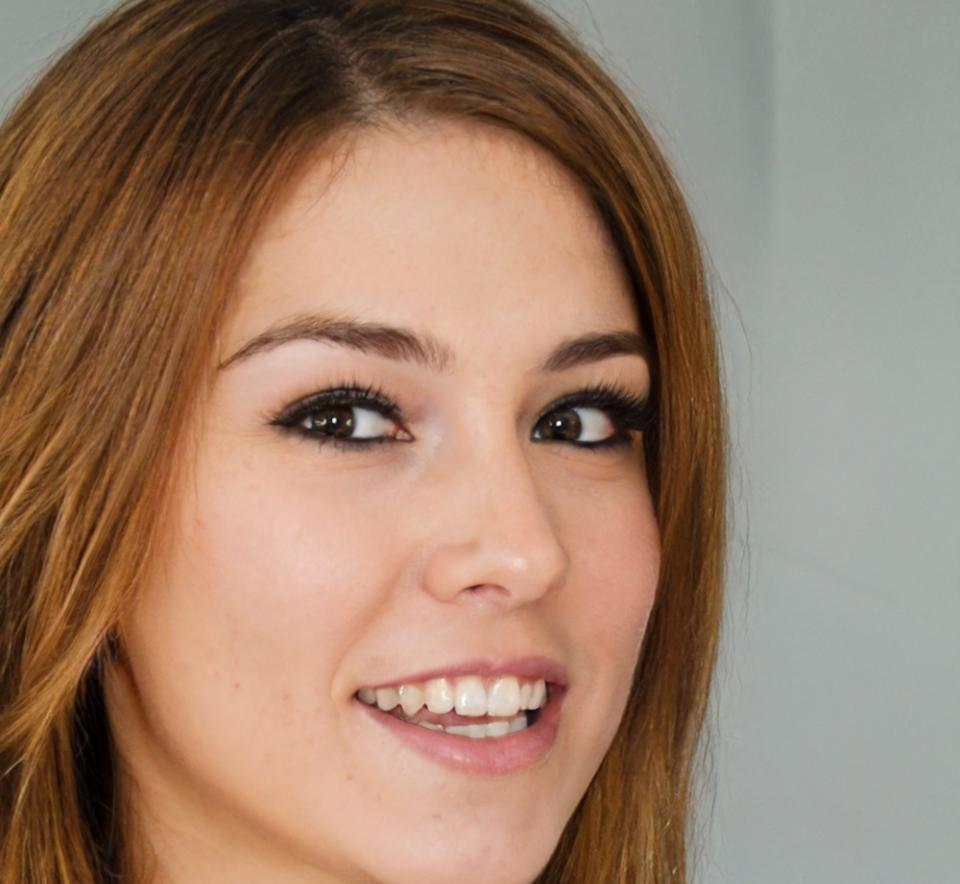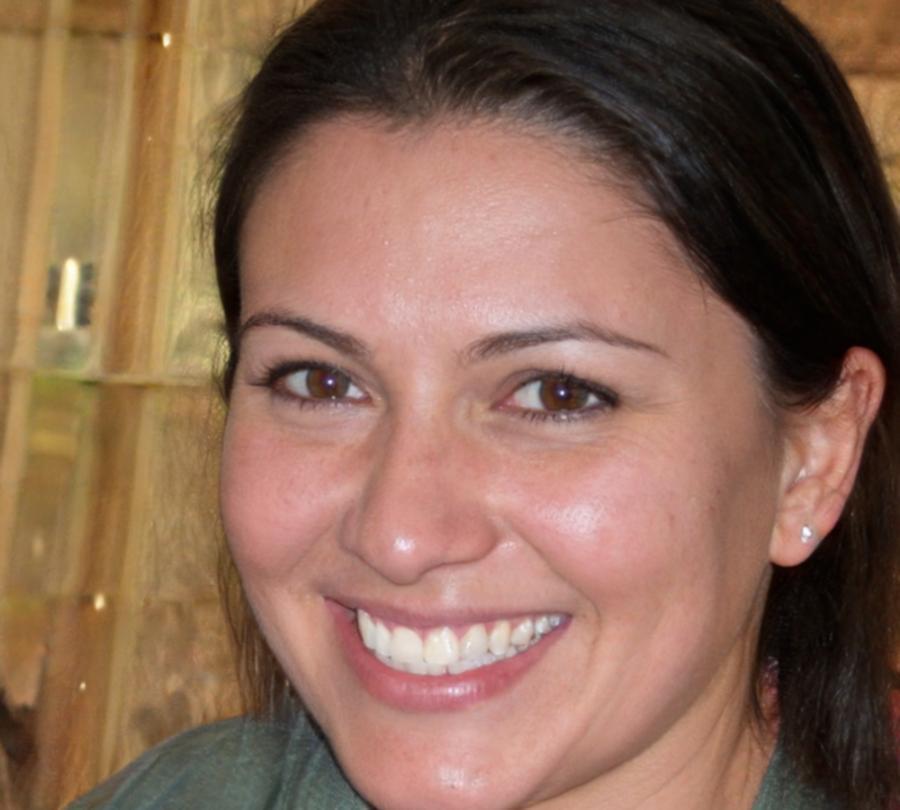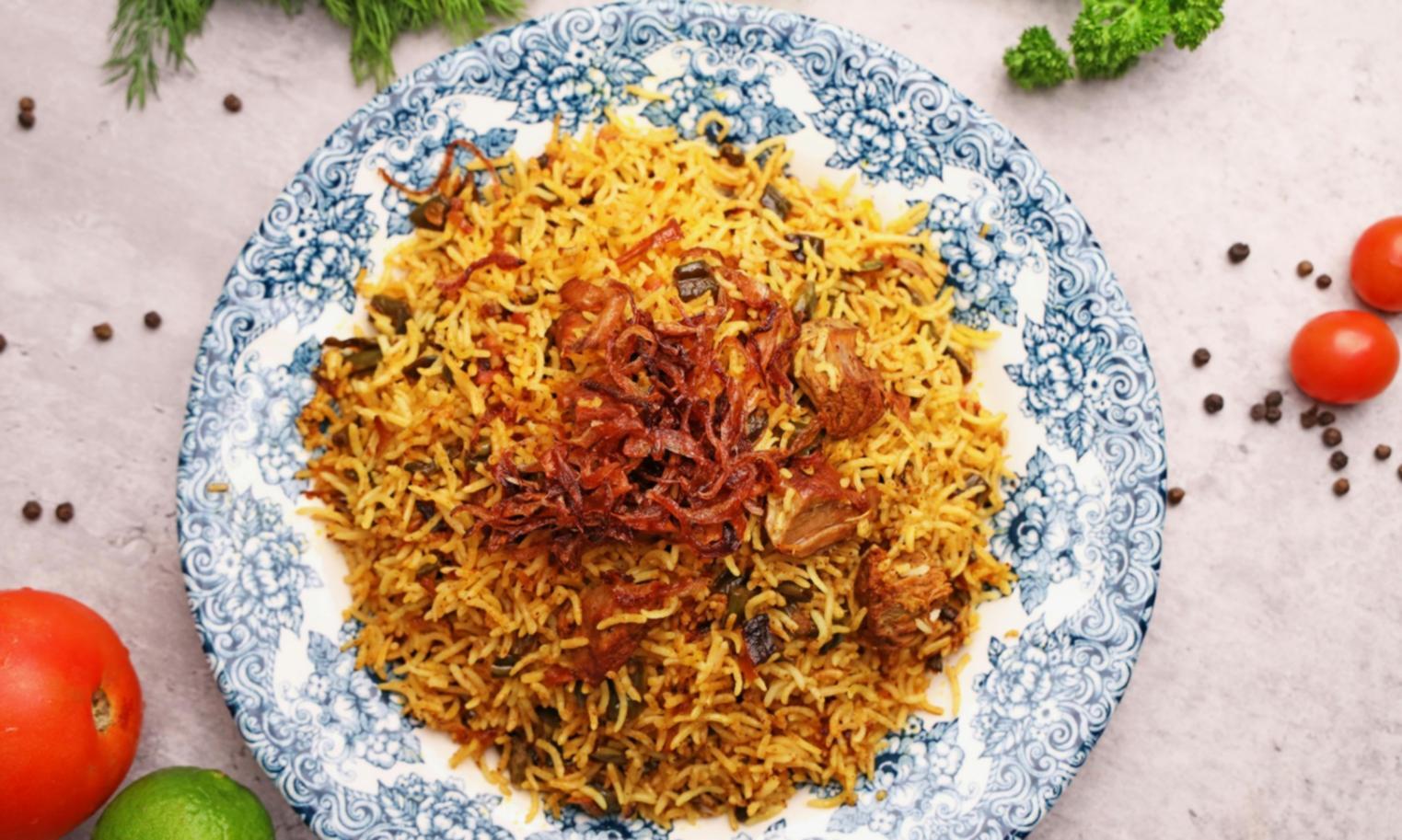Teaching Pizza the Way It Should Be Taught
We're not here to revolutionize anything. Just to share what we know about making honest pizza that people actually want to eat.
What Drives Our Work
Running a pizza training program isn't complicated. But doing it right takes focus. These are the things that matter to us when we're teaching.
Practical Skills First
Theory has its place, but most of what you need comes from repetition. We spend time on dough handling, timing, and reading your oven because those are the skills that show up in real kitchens.
Regional Honesty
Canadian pizza culture has its own quirks. We don't pretend to be a Neapolitan academy. Instead, we work with local ingredients, regional preferences, and the realities of running a shop in Quebec.
Small Groups Work Better
We cap our sessions at eight people. Not because we're exclusive, but because you can't learn proper stretching technique if you're watching from three rows back. Close observation matters.
Real Feedback
If your dough is overworked, we'll tell you. If your topping distribution needs work, same thing. Honest critique helps more than generic praise, and we've found most people appreciate directness.
Menu Building Support
Making one great pizza is different from running a consistent menu. We talk through cost structures, ingredient sourcing, and seasonal adjustments based on what's worked for other operators we've trained.
Ongoing Questions Welcome
The learning doesn't stop after three days. We keep lines open for follow-up questions, whether that's about troubleshooting a new oven or adjusting recipes when your flour supplier changes.
Who's Actually Teaching
Three people with different backgrounds who ended up spending way too much time thinking about pizza. Each brings something specific to the program.

Julien Beaumont
Dough & FermentationSpent twelve years managing production for a Montreal bakery before switching to pizza. His focus is on fermentation timing, hydration levels, and teaching people to read dough by feel rather than just following recipes.

Saskia Veldman
Operations & Menu DesignRan her own pizzeria in Ottawa for eight years before joining us in 2023. She handles the business side of training — cost analysis, menu structure, and workflow design that actually fits small kitchen spaces.

Rhiannon Delaney
Technique & Quality ControlStarted as a line cook in Toronto, worked through several high-volume operations. She teaches stretching, topping distribution, and oven management with a focus on consistency across hundreds of pizzas per shift.
How We Got Here
This wasn't planned from the start. The training program grew out of repeated requests from people who wanted to learn what we were doing at our original location.
Started Small
Opened a counter-service spot in the Galeries Charlesbourg food court. Limited menu, tight space, focus on consistent output. We were just trying to make decent pizza that worked for the location.
First Informal Sessions
A few friends starting their own shops asked if they could watch our prep process. We started running occasional weekend sessions, mostly answering questions about dough management and ingredient sourcing.
Structured Program Launch
Demand kept growing, so we formalized the training into three-day intensive workshops. Brought in Saskia to help with the business curriculum. Started accepting eight participants per session.
Expanded Topics
Added modules on seasonal menu planning, supplier relationships, and kitchen workflow optimization. Also started offering follow-up consultations for graduates troubleshooting their own operations.
Current Focus
Running monthly workshops while maintaining our original shop. Planning to add specialized sessions on sourdough crusts and regional Canadian pizza styles later this year. Still learning as we go.
What Happens After Training
We stay connected with most people who've gone through our program. Here's what that ongoing relationship tends to look like.

Continuous Support Network
Most graduates end up in our group chat, which has become an informal knowledge base. People share supplier recommendations, troubleshoot equipment issues, and compare notes on seasonal ingredient availability.
We also host quarterly meetups where past participants can work through new recipes or get feedback on menu changes. It's helpful to have a space where you can test ideas with people who understand the specific challenges of pizza operations in this region.
And when someone runs into a problem we haven't seen before — which happens more than you'd think — we often learn something new ourselves. The exchange goes both ways, which is how it should work.